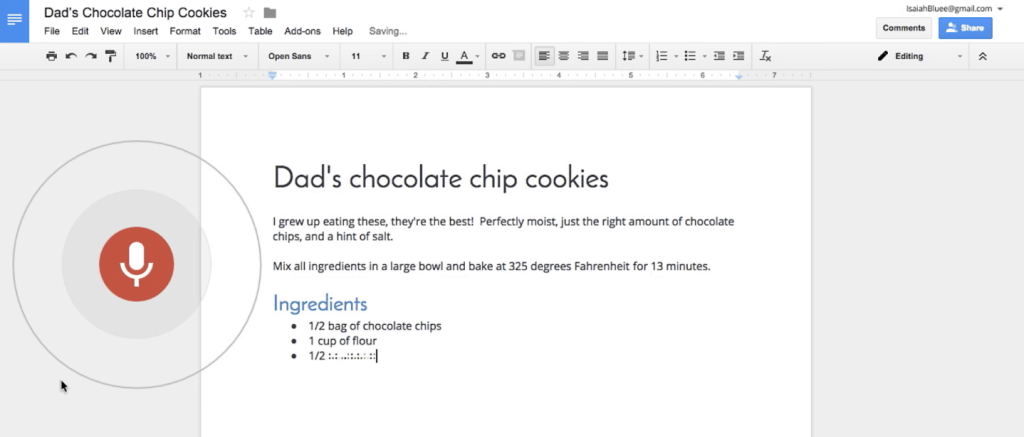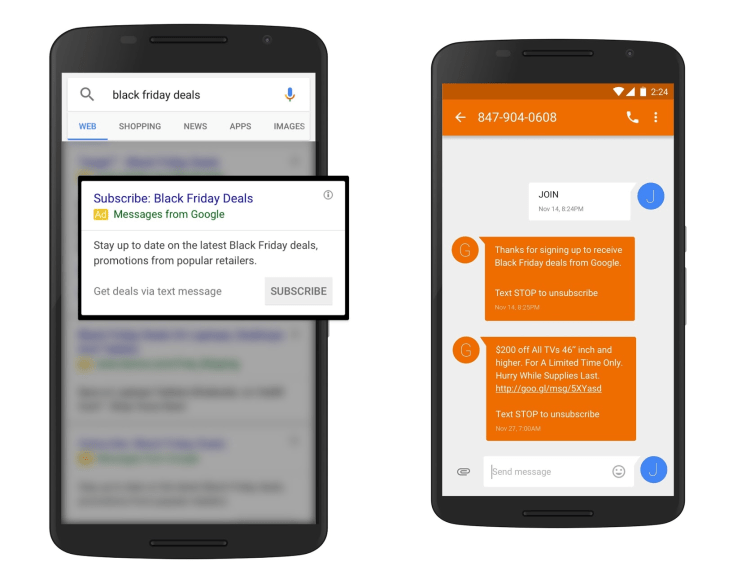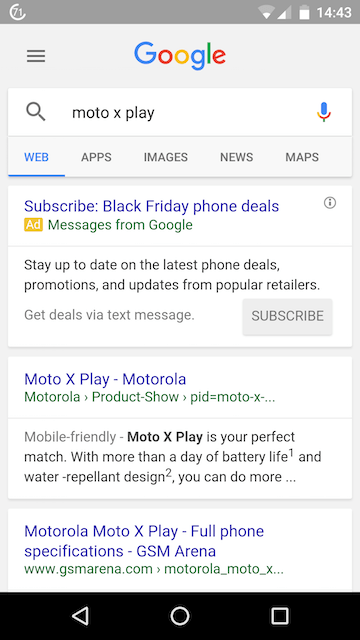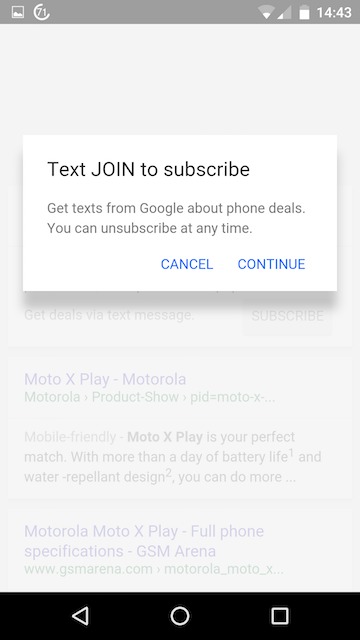Gesture-based typing, GIF searches, and more

Google has been developing a third-party keyboard for iOS that would put the company’s search engine in a highly used part of the interface, The Verge has learned. The keyboard, which incorporates a variety of search options, has been in development for months, according to people familiar with the matter. It’s unclear whether or when Google plans to release it. The company declined to comment.
The Google keyboard incorporates a number of features meant to distinguish it from the stock iOS keyboard. Like its Android counterpart, the Google keyboard for iOS employs gesture-based typing, so you can slide your finger from one letter to the next and let Google guess your intended word. Tap the Google logo and you can access traditional web search. It also appears to have distinct buttons for pictures and GIF searches, both presumably powered by Google image search. The keyboard is visually distinct from the standard Android keyboard, which incorporates voice search but no text or image-based searching.
/cdn0.vox-cdn.com/uploads/chorus_asset/file/6231675/unnamed.0.png)
Google Keyboard for Android
The keyboard, which has been in circulation among employees for months, is designed to boost the number of Google searches on iOS. While the company all but holds a monopoly on the global search market, there’s evidence that mobile search is proving much less lucrative for Google than the desktop. Using publicly available numbers, journalist Charles Arthur argued in October that half of smartphone users perform zero searches per day. (Using the same math, Arthur said desktop users perform an average of 1.23 searches per day.)
Even if the math is inexact, the trend is inarguable. A high percentage of desktop searches are for keywords like "Facebook" or "Gmail" — searches that are unnecessary on mobile phones, where users can simply tap on the relevant app to launch it. The problem for Google — and for Alphabet, its parent company — is that search is where Google shows users its most expensive ads. Any sign of decline in search would be an existential threat to the company.
All of which makes an iOS keyboard feel inevitable. But it remains to be seen whether iOS users have an appetite for Google’s approach to typing. Third-party keyboards have been generally been a disappointment on iPhones and iPads. When users have more than one installed, they must constantly cycle through them. Many third-party keyboards have also suffered from sluggishness and other performance issues.
But Google’s brand is strong, and for users who perform many searches per day — or simply want a solid gesture-based system for text entry — the Google keyboard could be appealing. The only question now is whether, or when, the company plans to release it.




/cdn0.vox-cdn.com/uploads/chorus_asset/file/6147225/google-posts-screenshot-2.0.png)






